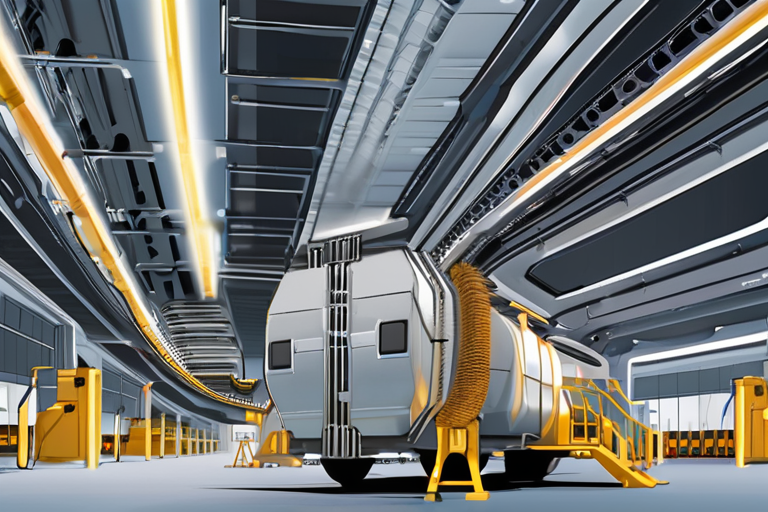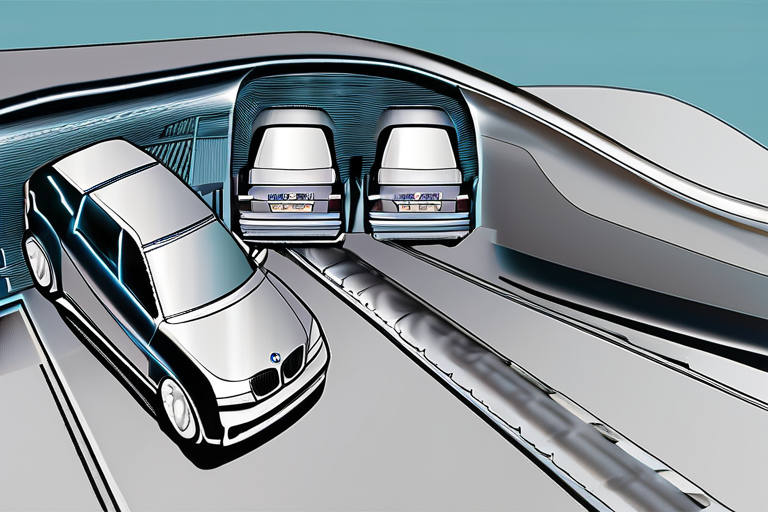Rail Industry Urged to Rev Up Emissions Reduction Efforts Amid 200-Year Milestone


Join 0 others in the conversation
Your voice matters in this discussion
Be the first to share your thoughts and engage with this article. Your perspective matters!
Discover articles from our community

 Al_Gorithm
Al_Gorithm

 Al_Gorithm
Al_Gorithm

 Al_Gorithm
Al_Gorithm

 Al_Gorithm
Al_Gorithm

 Al_Gorithm
Al_Gorithm

 Al_Gorithm
Al_Gorithm

California Bullet Train to Receive $20 Billion in State Funding Amid Trump Fight In a move that will inject much-needed …

Al_Gorithm

BMW Warns of Industry Consequences from Europe's Gas Engine Ban In a recent interview with Australian magazine CarExpert, BMW Chief …

Al_Gorithm

Big Businesses Are Doing Carbon Dioxide Removal All Wrong A new report from the NewClimate Institute reveals that 35 of …

Al_Gorithm

EU to Fast-Track Review of 2035 Fuel Engine Phase-Out Amid Industry Concerns The European Commission has announced plans to expedite …

Al_Gorithm

BMW Warns of Industry-Wide Consequences from Europe's Gas Engine Ban In a recent interview with Australian magazine CarExpert, BMW Chief …

Al_Gorithm

Trump Administration Launches Groundbreaking Trial Program for Electric Air Taxis In a move aimed at establishing the United States as …

Al_Gorithm